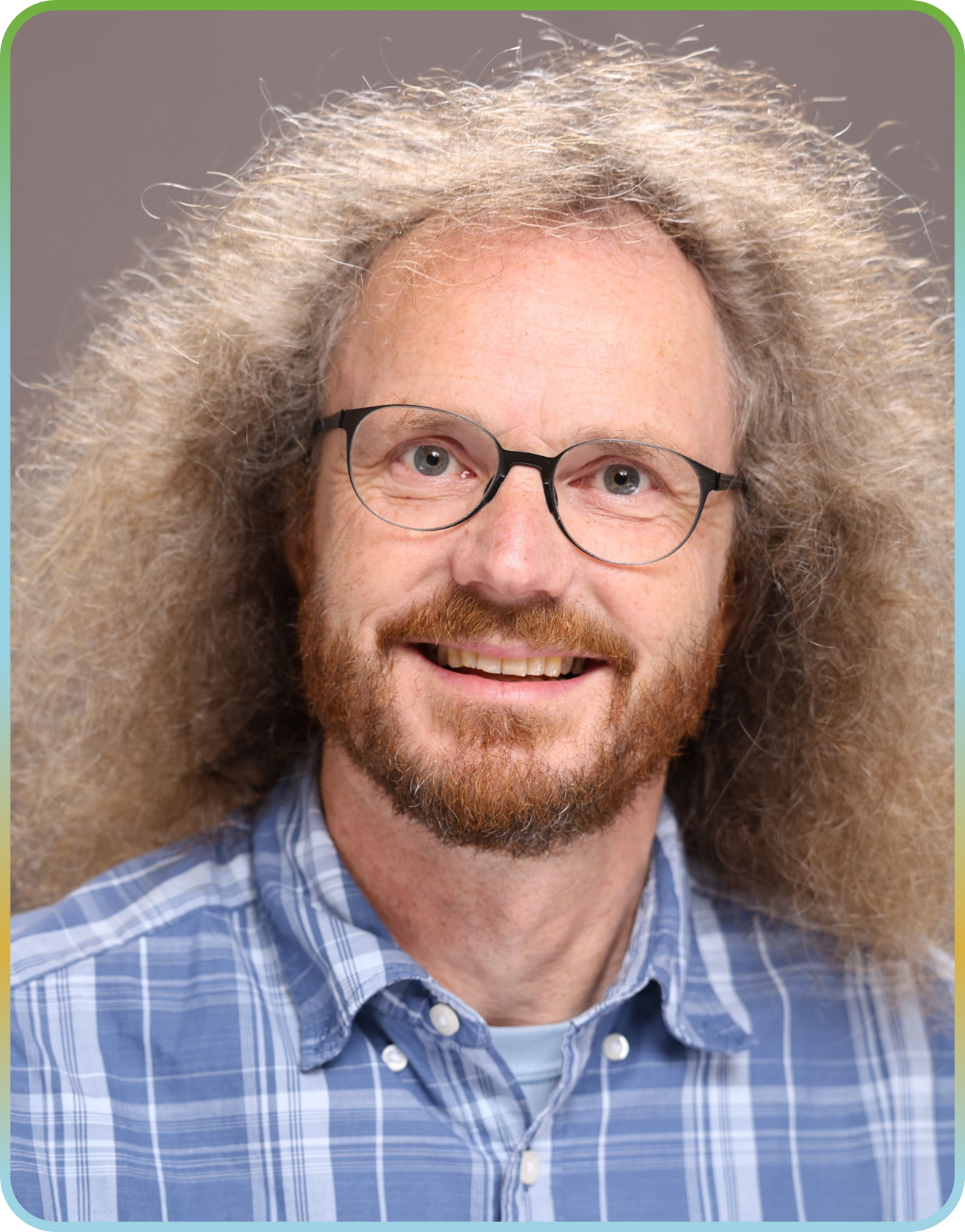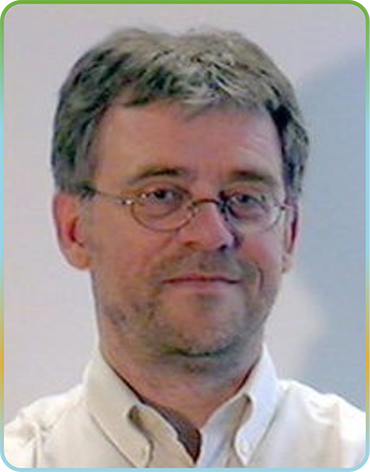

Professor Don Tan
Academician of National Academy of Engineering, IEEE Fellow
Speech Title: Ultra-fast Charging and Ubiquitous Infrastructure
Abstract: As the EV technology for the driving train entered the phase of maturity with many superior performances, significant progress in battery technologies ushed in the era of electrical vehicle proliferation. Battery-powered electric vehicles (BEV) are now in price parity with internal combustion engine (ICE) cars, even being more competitive. Many countries/regions now have aggressive mandates towards zero-emission to combat global climate change. A major remaining obstacle is the availability of ultra-fast charging required for long-haul driving and ubiquitous charging for everyday driving. We will discuss the challenges facing ultra-fast charging and available solutions coming on the horizon. We will provide a new thinking in achieving ubiquitous charging infrastructure by leveraging existing and readily-available technologies. For autonomous vehicles, wireless power charging provides a path forward. The newly-founded IEEE Transportation Electrification Council (TEC) is providing much-needed leadership in the technical space to help pushing for ubiquitous charging infrastructure on a global scale.
Bio.: Dr. Tan, with a PhD from Caltech, is a member of the National Academy of Engineering, and an IEEE fellow. He has served as Distinguished Engineer, Fellow, Chief Engineer-Power Conversion, Program Manager, Department Manager, and Center Director in a US Fortune 500 corporation. Unusually prolific as a visionary technical leader in ultra-efficient power conversion and electronic energy systems, Dr.Tan has pioneered breakthrough innovations with numerous high-impact industry firsts and record performances that received commendations from the highest level of US Government. He has developed hundreds of designs and thousands of hardware units deployed for space applications without a single on-orbit failure. His suite of world-class electronics performed flawlessly on the James Webb Space Telescope (JWST), located one million miles away, achieving world-record-breaking performances.
Dr. Tan is the IEEE Technical Activities Vice President-Elect 2025, Chair of IEEE Fellow Advisory and Oversight Subcommittee, and Vice Chair of IEEE Industry Engagement Committee. Among numerous others, Don has served as founding President of IEEE Transportation Electrification Council; Division II Director, IEEE Board of Directors; Fellow Committee Chair, IEEE PELS/PES eGrid Steering Committee Chair, PELS Long Range Planning Committee Chair, Nomination Committee Chair, PELS President, Editor-in-Chief (Founding) for IEEE Journal of Emerging and Selected Topics in Power Electronics, APEC (the fourth largest event in IEEE) General Chair, PELS Vice President-Operations, Guest Editor-in-Chief for IEEE Transactions on Power Electronics and IEEE Transactions on Industry Applications, Fellow Committee, PELS Vice President-Meetings, IEEE Chair for IEEE/Google Little Box Challenge (awarded $1M cash prize), and IEEE/DoD Working Group Chair, developed IEEE/ANSI standards 1515/1573. Don has delivered about 120 keynotes/invited global presentations. He has received more than $30M+ external customer funding for research and technology development. He also serves on many prestigious national and international award, review and selection committees.

Professor Li Ran
IEEE Fellow
Chongqing University, China
Speech Title: An Evolving Opinion: Requirement of Grid Forming Converters on Power Semiconductor Devices
Abstract: This presentation analyses the grid support functions expected from grid-forming converters and the corresponding requirements on power semiconductor devices. The analysis benchmarks the converter performance to that of a synchronous machine, further taking into account the effects of the converter location in the grid. It focusses on the dynamic response of synthetic inertia, frequency droop, voltage support and the requirement of protective relays. Cost effectiveness is a key metric in evaluating a solution option. The presentation shows the relative benefits and limitations of further developing silicon IGBT or SiC MOSFET and their packaging from device characteristics and thermal management points of view. The study aims to provide a stepping-stone towards the power hardware design of future grid forming converters.
Bio.: Li Ran received a PhD degree in Electrical Engineering from Chongqing University (China) for his work on reliability evaluation of the transmission networks planned for Three-Gorge Hydro Power Plant (1989). He then participated in the commissioning of Gezhouba-Nanqiao HVDC System (1989-1990).
He was a postdoctoral research fellow with the Universities of Aberdeen, Nottingham and Heriot-Watt (Edinburgh), working on marine electrical propulsion, offshore electrical systems and electromagnetic compatibility (EMC) in power electronic systems. He became a Lecturer with the University of Northumbria (Newcastle, 1999) and later moved to Durham (2003) where he was promoted to a Chair in 2010. He joined the University of Warwick as a Professor of Power Electronics (2012), and is now part-time between Warwick and Chongqing. His more recent work has centred around power conversion and control for renewable generation and smart grids, and reliability of power semiconductors. He was seconded to Alstom Power Conversion at Kidsgrove (2001-2003) and took a sabbatical study leave at MIT (2007-2008).
Li is a Co-Director of the Warwick-Chongqing Joint Key Laboratory (WaCky Lab) in SiC Power Electronics.
Li was the recipient of a Global Research Award of the Royal Academy of Engineering, a Stanley-Gray Award of the IMarEST (Institute of Marine Engineering, Science and Technology) and IEEE Prize Paper Awards. In 2024, he was presented the Collaboration Commemoration Award by CRRC (China Railway).

Professor Pat Wheeler
IEEE PELS Vice-President for Technical Operations (2021 to date)
University of Nottingham, UK
Speech Title: Electrical Propulsion Systems for Transportation Electrification: Power Electronics as the Enabling Technology
Abstract: This presentation will consider the roadmaps for transportation electrification and the technological developments in use of power electronics which are going to be needed to make these visions viable. These developments and technology challenges will include the electrical drivetrain design and the applications of motor design and power converter topology choices as well as the impact of emerging technology advances including cooling techniques, integration, system optimisation and wide-bandgap semiconductors. The Challenges for us as Power Electronics or Electrical Machines experts will also be explored and case studies from superbikes, solar cars and trucks used to illustrate the approaches being taken.
Bio.: Prof Pat Wheeler received his BEng [Hons] degree in Electrical Engineering in 1990 from the University of Bristol, UK. He received his PhD degree for his work on Matrix Converters from the University of Bristol, UK in 1994. In 1993 he moved to the University of Nottingham and worked as a research assistant in the Department of Electrical and Electronic Engineering. In 1996 he became a Lecturer in the Power Electronics, Machines and Control Group at the University of Nottingham, UK. Since January 2008 he has been a Full Professor in the same research group.
He is currently the Director for Global Engagement in the Faculty of Engineering and the Director of the Power Electronics, Machines and Control Research Institute. He was Head of the Department of Electrical and Electronic Engineering at the University of Nottingham from 2015 to 2018. He is a member of the IEEE PELs AdCom and is currently IEEE PELS Vice-President for Technical Operations (2021 to date). He has published over 950 academic publications in leading international conferences and journals.

Professor René Peter Paul Smeets
Fellow of IEEE and CIGRE
Advisor to KEMA Labs, the Netherlands
Speech Title: Innovative Switching Technology as Decarbonization Enabler
Abstract: Almost all innovations in power engineering are related to the energy transition, which aims towards a total decarbonization of the energy value chain around the middle of this century. In this keynote, the contribution of switching technology for the decarbonization will be highlighted. Two cases will be discussed:
In recent years, replacement of the intense greenhouse gas SF6 is a strong driver towards innovation. This has lead to the development of technology and products with a very low greenhouse warming potential using SF6-free technology for insulation and current interruption in HVAC transmission systems. One technology uses compressed air for insulation and vacuum interrupters for current interruption, whereas a competing technology uses a mixture of natural origin gases with a fluorinated compound covering insulation and interruption. The development, challenges and actual status of these technologies will be highlighted.
The second case is related to high-voltage DC transmission. For the harvesting of large scale renewable energy, meshed HVDC transmission grids are essential and under development. For the reliable operation of HVDC grids, HVDC circuit breakers are crucial. Also in this case, two technologies compete, one based on high-frequency current injection in ultra-fast vacuum switches, the other on power electronics combined with mechanical switches. Technologies, their challenges, status and projects will be highlighted, that will clarify why fault current interruption in DC systems is a special technological challenge.
Bio.: René Peter Paul Smeets received a PhD degree for research work on switchgear in 1987. Until 1995, he was an assistant professor at Eindhoven University. During 1991 he worked with Toshiba Corporation in Japan on vacuum switchgear. In 1995, he joined KEMA, the Netherlands. At present, he is retired from KEMA Laboratories of CESI Group, but still active as an advisor. From 2001 -2013 he was part-time professor at Eindhoven University, the Netherlands. In 2013 he became adjunct professor at Xi’an Jiaotong University, China. Dr. Smeets is member of various of study/advisory committees of CIGRE after being in the lead of working groups in the field of emerging switching technologies such as HV vacuum switchgear, HVDC switchgear and SF6 alternatives. He was convener of two maintenance teams in IEC on standardization of high-voltage switchgear. In 2008 he was elected Fellow of IEEE and in 2022 he was awarded a Fellowship of CIGRE. Since 2008 he is chairman of the “Current Zero Club”, a scientific study group on current interruption. Dr. Smeets published and edited three books and authored over 300 international papers on testing and high-voltage switching technology in power systems. He received nine international awards, and conducted numerous trainings on all aspects of T&D switching technology all over the world.

Professor Yun Wang
ASME Fellow and RSC Fellow
Mechanical and Aerospace Engineering, University of California, Irvine, CA
Speech Title: PEM Fuel Cell Technology and Hydrogen Station Network for Automobiles
Abstract: Proton exchange membrane (PEM) fuel cells play a pivotal role in a sustainable society through the direct and electrochemical conversion of hydrogen’s chemical energy to electricity with water as the only byproduct. Several fuel cell vehicles (FCV) have been successfully commercialized. At present, the high cost and the lack of a hydrogen infrastructure are two main barriers to the worldwide deployment of PEM fuel cells. In this talk, I will present the status of PEM fuel cell, FCV, and hydrogen station network development. Fundamental aspects of PEM fuel cell’s research and development (R&D), critical to component design and material selection for FCV application and cost reduction, will be discussed in detail, including dynamic responses, time constants [1], multi-dimensional physics, cold start, and porous media flow field design. Examples of artificial intelligence (AI)-assisted R&D will be presented.
Bio.: Yun Wang received his B.S. and M.S. degrees in Mechanics and Engineering Science from Peking University in 1998 and 2001, respectively. He went to the Pennsylvania State University where he earned his Ph.D degree in Mechanical Engineering in 2006. Dr. Wang joined the Mechanical and Aerospace Engineering department at the University of California, Irvine in 2006. He has produced over 100 publications in PEM fuel cell, Li-air battery, and other energy systems, including three books on PEM Fuel Cell and Thermal Fluid Science. Dr. Wang served as Track chair/co-chair, session chair/co-chair, conference chair and committee member for many international conferences on fuel cell, thermal energy, and machine learning. Dr. Wang received 2018 Reviewer of The Year from the Journal of Electrochemical Energy Conversion and Storage and is currently Professor at the UC Irvine, ASME fellow, RSC fellow, and associate editor for the journal of heat and mass transfer.
Copyright © 2025 IEEE International Conference on Electrical Energy Conversion Systems and Control (IEEE IEECSC 2025)